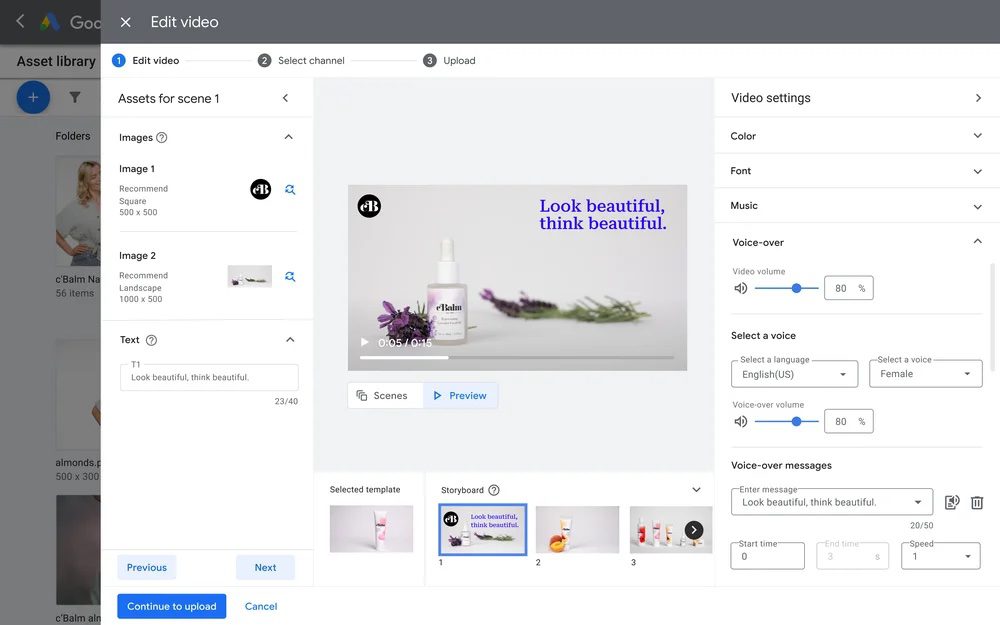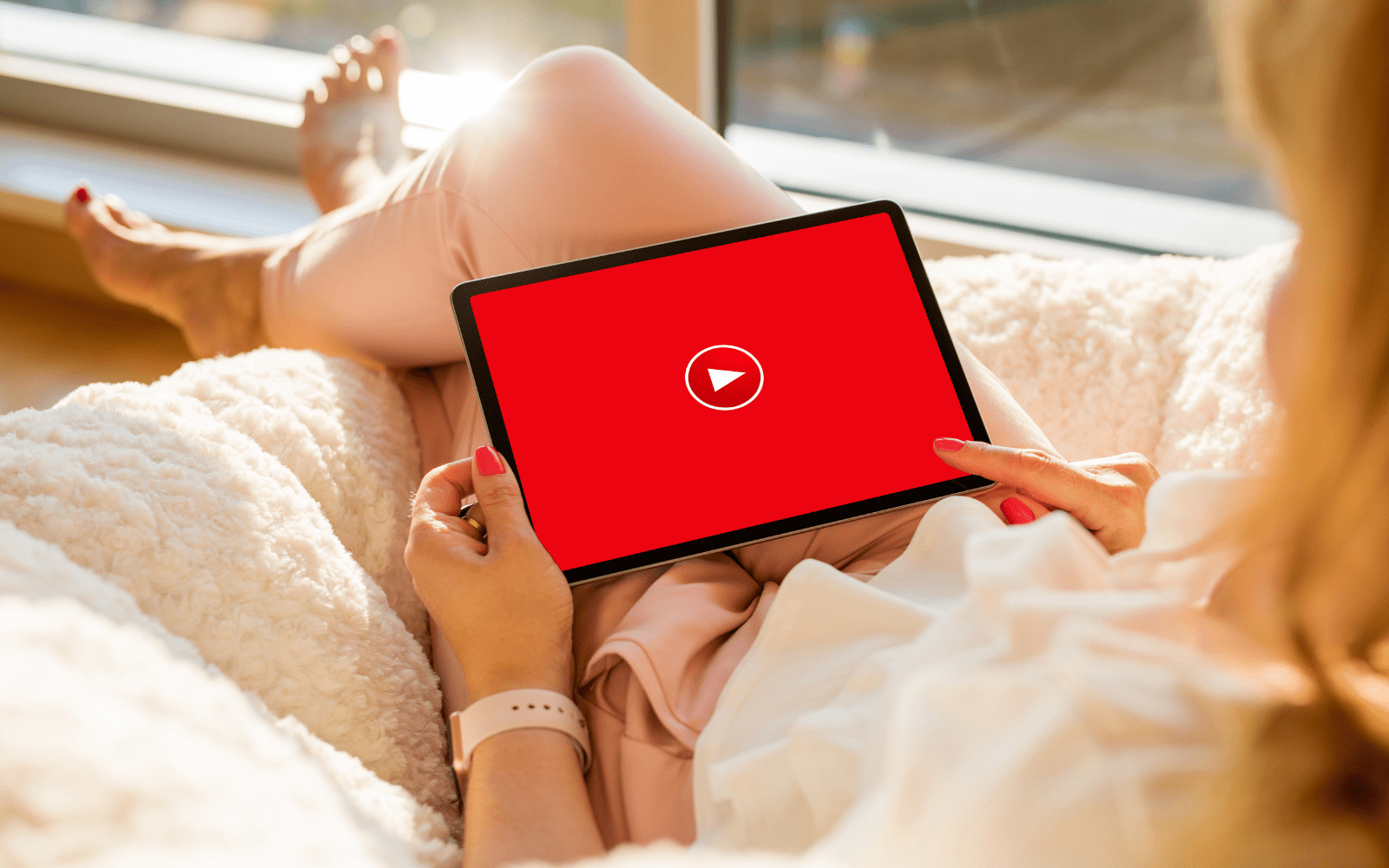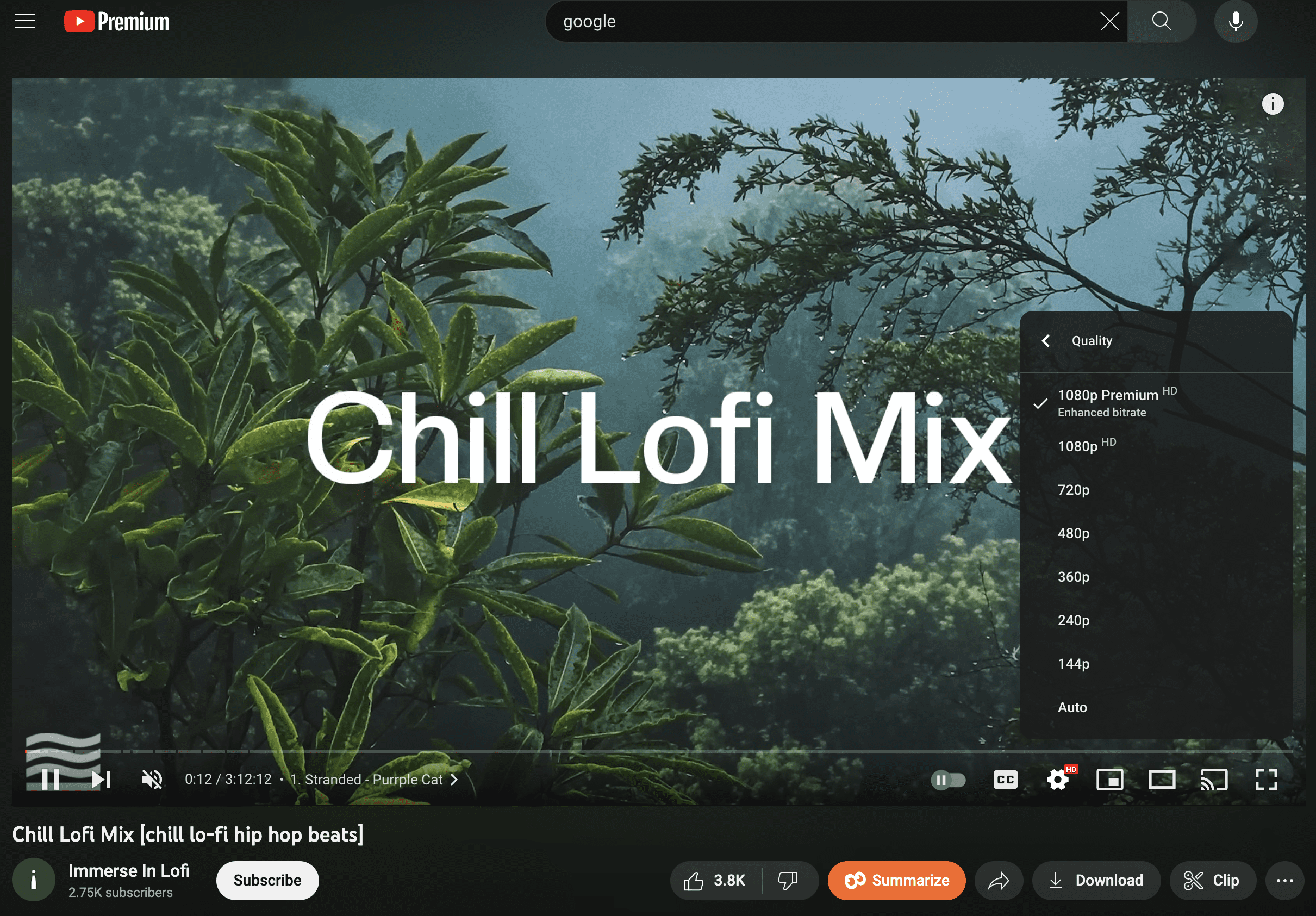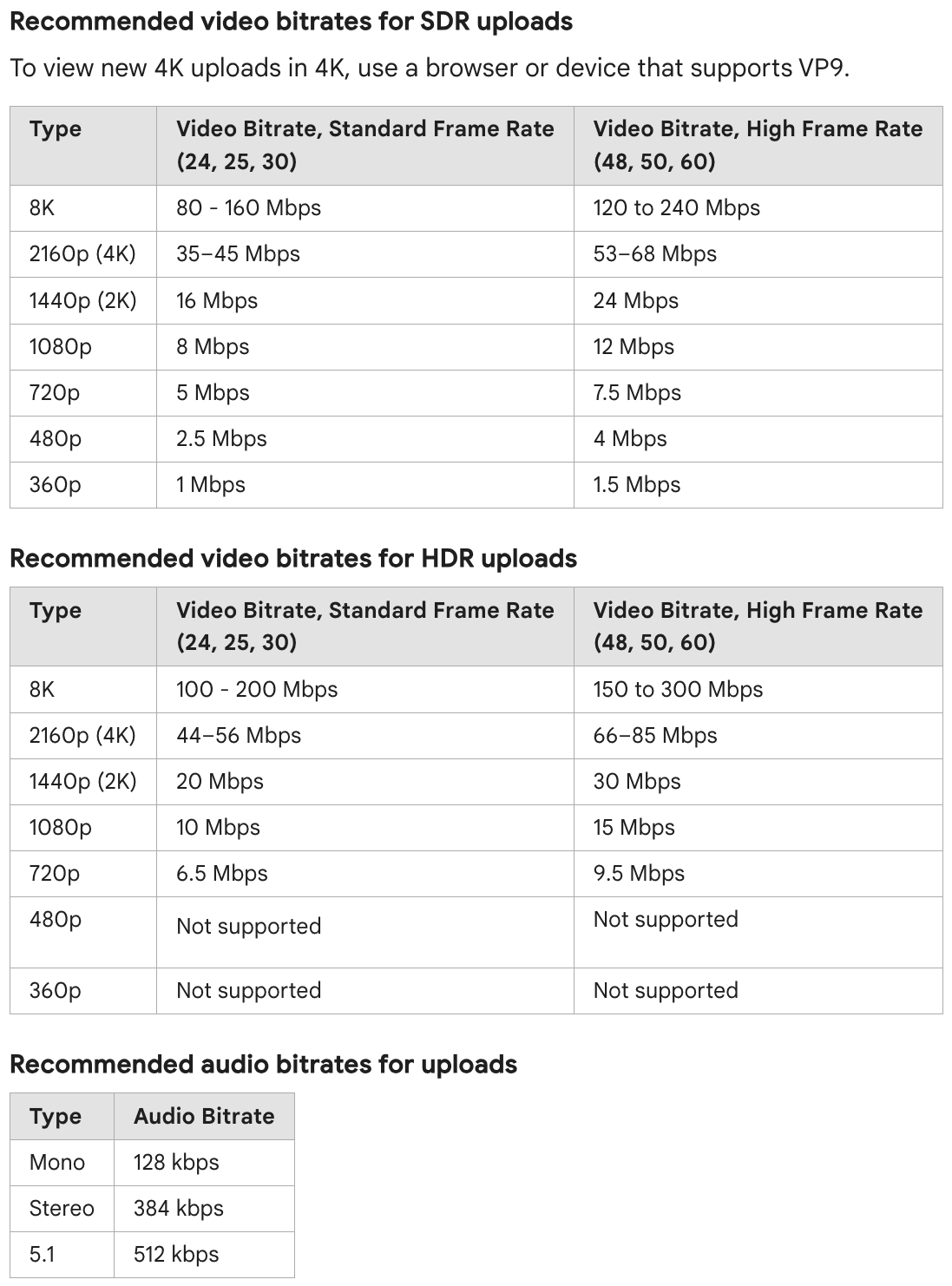I attended the annual YouTube NewFront event at Google’s Pier 57 in New York City this year.
At the time, back in May, I’d come to the event hoping to learn about YouTube’s strategic direction. But most of what I heard – with a couple of notable exceptions – was a tactical discussion that left the impression that YouTube is just like TikTok.
Well, I was too quick to grumble. YouTube did eventually reveal its strategic direction over three key events at NewFront, Brandcast and VidCon Anaheim.
This article is a summary of what I took away from the events and highlights the multi-dimensional strategy that YouTube is laying out.
YouTube NewFront 2023
The first was YouTube NewFront, which I’ve already covered in “YouTube NewFront 2023 Showcased Shorts To Reach Gen Z.”
And, yes, YouTube emphasized that “YouTube Shorts is now averaging more than 50 billion daily views.” Back at this first event, it also said that, out of YouTube’s billions of monthly logged-in viewers, 1.5 billion are watching Shorts.
Google then updated this number during the Alphabet’s Q2 2023 financial results and reported that more than 2 billion logged-in monthly users are now watching YouTube Shorts.
That gives the short-form section of the social video platform an edge over competitors like TikTok and Instagram Reels.
Now, Shorts is just one of several formats on YouTube, along with long form, live streams, and podcasts.
But according to Tubular Labs data, 14.4 million accounts uploaded 353 million videos to YouTube from Aug. 1, 2019, to July 31, 2020. And these videos got 12.2 trillion views and 213 billion engagements (e.g., likes, comments, and shares), for an engagement rate of 1.7%.
Of this total, 4.5 million accounts uploaded 42.8 million videos that were 60 seconds long or shorter. This short-form content got 850 billion views and 11.0 billion engagements, for an engagement rate of 1.1%.
That was before YouTube launched the beta version of Shorts in India on Sept. 14, 2020, rolled it out in the US on March 18, 2021, and then released it to the entire world in July 2021.
By comparison, 23.1 million accounts uploaded 732 million videos to YouTube from Aug. 1, 2022, to July 31, 2023. And these videos got 22.9 trillion views and 734 billion engagements, for an engagement rate of 3.2%.
Of this total, 16.5 million accounts uploaded 362 million videos that were 60 seconds long or shorter. And this short-form content got 16.6 trillion views and 580 billion engagements, for an engagement rate of 3.4%.
That represents a seismic shift in the strategic landscape.
Over the past three years, the number of YouTube creators, videos, total views, and total engagements have all increased dramatically. Plus, their engagement rate has significantly improved. And Shorts deserves the lion’s share of the credit for YouTube’s overall success.
So, I’m embarrassed that I initially dismissed the emphasis on YouTube Shorts as “a tactical discussion.”
In retrospect, my response was triggered by the NewFront event’s second key message: “Gen Z and YouTube go way back.”
Yes, one of the ways that you can segment audiences is to use generations or age cohorts. And, yes, the age cohort born after 1996 is called Generation Z, or Gen Z.
But as Michael Dimock, the president of Pew Research Center, wrote recently,
“It’s hard not to run into eye-catching headlines about generations these days. And it’s easy to feel like many of these headlines are just clickbait, all fluff, and no substance.”
He listed five important considerations to keep in mind whenever you come across a news story or research about generations. This includes:
- The boundaries between generations “are not precise, definitive or universally agreed on.”
- All members of Gen Z, Millennials, or Baby Boomers are not the same, “just as all Southerners, all Catholics, or all Black Americans are not the same.”
- News stories and research about generations often focus on “differences instead of similarities.”
- Conventional wisdom about generations can have “an upper-class bias.”
- People can and do change “as they grow older, pursue careers, and form families.”
So, when I said using Shorts to reach Gen Z was “a tactical discussion,” I may have conflated my thoughts about creating short-form content with my feelings about targeting a generation that is not only much younger than Boomers like me, but also younger than my children, who are Millennials.
Hopefully, I’ve now clarified all this.
YouTube Brandcast 2023
The second event was Brandcast, YouTube’s 12th annual advertiser showcase, which was held May 17, 2023, at Lincoln Center’s David Geffen Hall in New York City.
YouTube’s new executive bench – YouTube CEO Neal Mohan, YouTube Chief Business Officer Mary Ellen Coe, and Google President Sean Downey – took the stage for the first time to talk about their vision, content, and customer success.
Because Brandcast was part of the Upfronts, YouTube tackled a topic that was only mentioned in passing at its NewFront event a couple of weeks earlier: connected TV (CTV).
Among the things that YouTube told advertisers who attended Brandcast were:
- YouTube is the leader in streaming watch time, ahead of Netflix, according to Nielsen’s total TV and streaming report for the US in December 2022.
- YouTube reached over 150 million people on connected TVs in the United States, according to Nielsen data.
- YouTube CTV accounts for over 52% of ad-supported streaming watch time on connected TVs among people aged 18+, according to data from Nielsen SPR.
- Over 30% of YouTube viewers in the US aged P18+ could not be reached by other ad-supported streaming services in October 2022, according to data from Nielsen NMI.
- Over 70% of YouTube Select campaign impressions landed on TV Screens in the US in December 2022, according to YouTube internal data.
Earlier this year, YouTube announced that it had become the new home of NFL Sunday Ticket.
At Brandcast, Coe talked about YouTube’s partnership with NFL Sunday Ticket and the unique opportunities YouTube is creating for fans to experience sports on YouTube and YouTube TV.
As part of YouTube’s partnership with the NFL, Coe said there will be even more original programming, like Game Day All Access, which enables fans to listen in as mic’d up players bring viewers onto the sidelines during the game.
She also announced that YouTube was launching “NFL Creator of the Week,” a new original Shorts series on the NFL’s YouTube channel after the football season kicks off this year.
This means advertisers can reach football fans across YouTube’s entire array of NFL content, whether they’re viewing live games on YouTube TV and Primetime Channels, or watching highlights, post-game commentary, and other related content across YouTube.
To illustrate how this partnership may play out, Brandcast featured Roger Goodell, the Commissioner of the National Football League (NFL), and Donald De La Haye Jr., a YouTuber known online as Deestroying.
They joined forces to share the highlights of football culture on YouTube – and how brands can get in the game.
For example, Goodell revealed that NFL content on YouTube had seen a 27% increase in watch time year-over-year and reached 1.9 billion views.
Since then, we’ve learned that CTV ad spending on YouTube surged far ahead of its streaming competitors in Q2 2023, according to Tinuiti.
And Insider Intelligence, formerly known as eMarketer, now forecasts that YouTube will bring in $2.89 billion in US CTV ad revenue this year, second only to Hulu.
So, yes, YouTube’s competitors on this second front are Netflix and Hulu, not TikTok and Instagram.
And Daniel Konstantinovic of Insider Intelligence said on July 28, 2023,
“YouTube’s strong TV viewership and content model gives it an advantage over streaming services and other CTV platforms just entering the fray.”
VidCon Anaheim 2023
The third event in this triathlon was VidCon Anaheim, which took place June 21 to 24, 2023, at the Anaheim Convention Center. YouTube was the title sponsor and exclusive livestream sponsor.
During the industry keynote, Amjad Hanif, YouTube’s Vice President of Product Management, discussed YouTube and the creator landscape with Amber Scholl, Colin and Samir, LARRAY, and SSSniperWolf, who are some of today’s top breakthrough creators.
The big takeaway of this event is that YouTube has paid out $50 billion to creators, artists, and media companies in the past three years.
Why? This gives YouTube a strategic advantage over both its social video and streaming TV competitors in attracting and retaining creators.
Oxford Economics estimates that YouTube’s creator ecosystem supported more than 390,000 full-time equivalent jobs and contributed over $35 billion to the US GDP in 2022.
And it’s worth noting that YouTube didn’t start sharing ad revenue for YouTube Shorts until Feb. 1, 2023. (This new revenue-sharing model replaced the YouTube Shorts Fund.)
So, creators in the YouTube Partners Program have only been able to earn money from ads that are viewed between videos in the Shorts feed for six months. Depending on factors such as the video’s content and the audience’s country of origin, YouTube pays up to $3 per 1,000 views for the Shorts feature.
From 2021 to 2022, only a handful of creators could earn from $100 to $10,000 monthly from the YouTube Shorts Fund. Now, the sky’s the limit.
That gives YouTube a significant strategic advantage over TikTok and Instagram, as well as Netflix and Hulu, in attracting and retaining not only the best creators, but also the most creators.
But wait, there’s more!
The week before VidCon Anaheim, Hanif announced more ways for creators to earn money on YouTube, from fan funding to shopping.
YouTube has opened access to fan funding features like channel memberships, Super Chat, and Super Thanks.
And YouTube has also introduced an update to the platform’s Shopping affiliate program for creators.
In a post on the YouTube Official Blog, Hanif said,
“In the US, the number of channels that earned a majority of revenue from Fan Funding products in December 2022 saw an increase over 20% compared to the prior year.”
Hanif added, “We’re expanding our YouTube Shopping affiliate program to all eligible US-based creators who are in (the YouTube Partner Program) with over 20,000 subscribers.”
The Shopping affiliate program will now allow creators to feature products from other brands in their content and enable them to be eligible for competitive commission rates on the sales of these products.
YouTube has already partnered with over 50 brands like Nordstrom, Sephora, Ulta Beauty, and Wayfair, with products spanning beauty, tech, home, and apparel, which can be featured and tagged on videos and Shorts.
Takeaway
Even though it took two months and three events, YouTube has revealed its strategic direction. And it is so multidimensional that it makes my earlier grumbles seem downright embarrassing.
YouTube isn’t simply trying to replicate TikTok’s success.
Rather, the company is taking a dynamic approach to overtaking its competitors by doubling down in a few key areas: short-form video, connected TV, and the creator economy.
And so far, it seems to be paying off.
So, mea culpa, mea culpa, mea maxima culpa.
Disclaimer: All statistics not linked are from a gated Tubular Labs report.
More resources:
Featured Image: Kaspars Grinvalds/Shutterstock
 Screenshot from Google, September 2023
Screenshot from Google, September 2023












